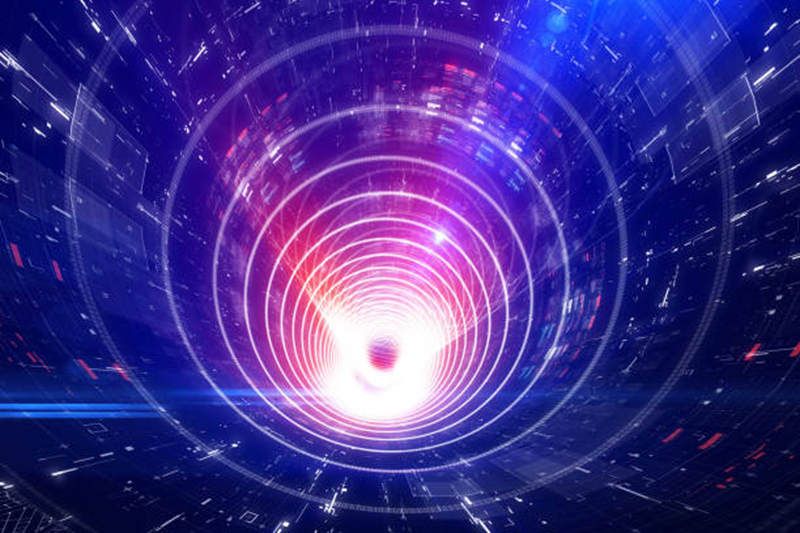Exploring the Universe: The Largest 3D Cosmic Map Unveiled
Written on
Chapter 1: Mapping the Cosmos
Technology has granted us unprecedented access to the vastness of the universe, and our capabilities continue to evolve. The recent debut of the James Webb Space Telescope marks a significant advancement in this journey. While Webb enhances our understanding of distant exoplanets by analyzing their atmospheres and compositions, scientists are also utilizing existing technologies to chart celestial bodies within our own solar system, such as Mars and Titan, Saturn's largest moon.
One of the most ambitious mapping endeavors to date has been initiated by the Dark Energy Spectroscopic Instrument (DESI). In its initial seven months of operation, DESI has shattered previous records for three-dimensional galaxy surveys, producing the most extensive and detailed cosmic map to date. This remarkable visualization uncovers 7.5 million galaxies within a span of roughly 5 billion light-years, particularly toward the Virgo constellation.

As depicted in the accompanying figure, Earth resides in the lower left corner, gazing out over 5 billion light-years toward Virgo. As the visualization unfolds, the perspective shifts toward the Bootes constellation. Each colored dot symbolizes a galaxy, which consists of countless stars bound by gravity into a "cosmic web" of dense clusters, filaments, and voids.
“In the distribution of the galaxies in the 3D map, there are huge clusters, filaments, and voids. They’re the biggest structures in the universe. But within them, you find an imprint of the very early universe and the history of its expansion since then.”
~ Julien Guy, Scientist at Berkeley Lab

In December of last year, DESI researchers shared their findings along with the instrument's operational capabilities. The map not only showcases the largest cosmic structures but also captures traces of the early universe and its subsequent expansion. DESI has been under development since 2015 and is housed at the Nicholas U. Mayall 4-meter telescope located at Kitt Peak National Observatory in Tucson, Arizona.

During its validation phase in 2019, the pandemic caused a temporary halt in the project. Although remote work continued, it wasn't until December 2020 that DESI began its observations of the cosmos. Following initial tests, the cosmic survey commenced in May 2021 and is still ongoing, with scientists continuously refining the instrument's performance.
The functioning of DESI involves light passing through six large lenses, subsequently directed through an array of fiber optic cables managed by 5,000 robotic positioners, which ensure precise placement to within 10 microns—thinner than a human hair. The light is then separated by 10 spectrographs for comprehensive analysis.
As DESI excels in detecting fainter and redder celestial bodies, it holds promise for illuminating many perplexing aspects of our universe, such as dark matter and dark energy. By the conclusion of its mission in 2026, DESI is expected to catalog over 35 million galaxies, reaching as far as 11 billion light-years away. A new era in cosmic exploration is on the horizon.
DESI represents an international scientific collaboration overseen by the Lawrence Berkeley National Laboratory, supported chiefly by the U.S. Department of Energy's Office of Science.
Chapter 2: The Impact of Cosmic Mapping
This video explores the significance of the largest 3D map of the universe created by SDSS, detailing how it reshapes our understanding of cosmic structures.
In this video, WION Originals discusses the implications of the groundbreaking 3D cosmic map by DESI and its potential to answer fundamental questions about the universe's future.